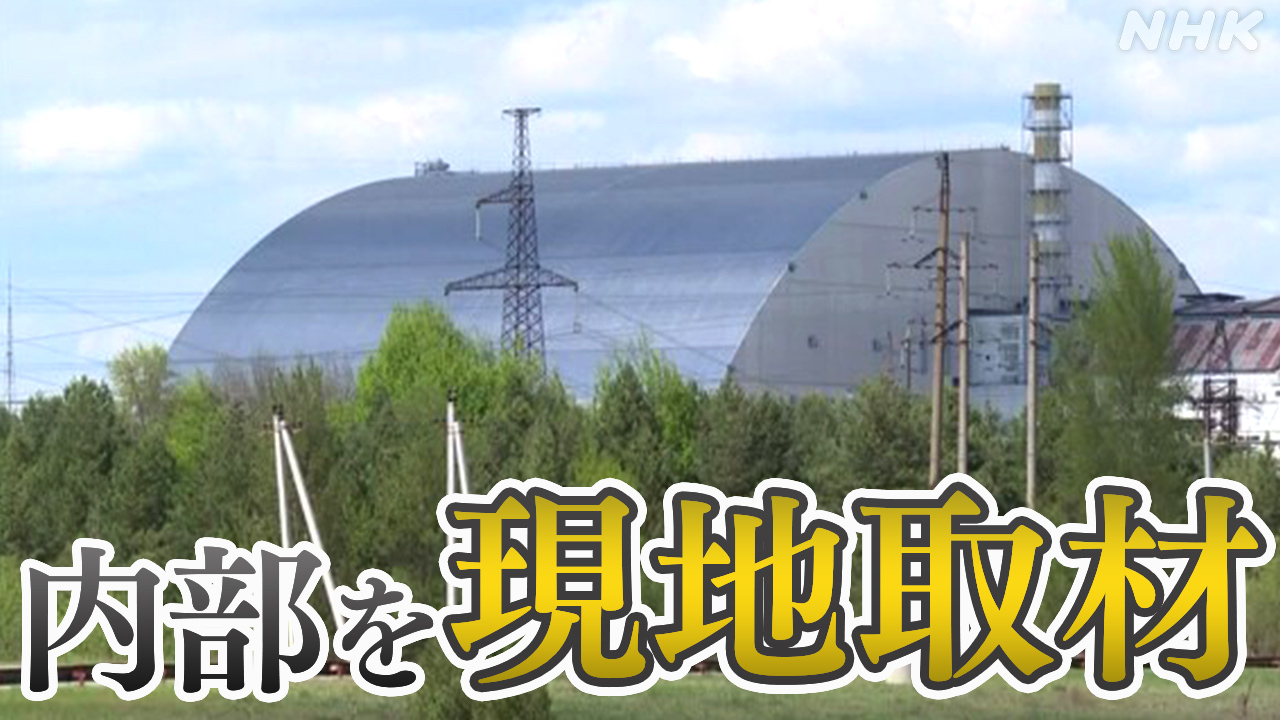Assessing the Damage: Chernobyl Shelter After Russian Strikes
The recent reports of shelling near the Chernobyl Exclusion Zone have sent shockwaves through the international community, raising serious concerns about the potential for a catastrophic release of radioactive materials. While the immediate threat seems to have subsided, the long-term impact on the already fragile Chernobyl Nuclear Power Plant and its surrounding areas remains a significant cause for concern. This article will delve into the assessment of damage to the Chernobyl shelter and the ongoing implications of this reckless act.
The Vulnerability of Chernobyl's Infrastructure
The Chernobyl Nuclear Power Plant, site of the world's worst nuclear disaster in 1986, is already a precarious location. Decades of decay and the ongoing process of decommissioning have left the infrastructure vulnerable. The New Safe Confinement (NSC), a massive arch built to encase the destroyed reactor number four, is a crucial element in preventing further radioactive leaks. Reports of shelling near the plant immediately raised fears about the structural integrity of the NSC and other vital facilities.
Key Concerns Following the Shelling:
- Structural Damage to the NSC: While initial assessments suggest no direct hits on the NSC itself, the proximity of the shelling raises concerns about potential indirect damage, such as ground vibrations impacting the foundation. Detailed inspections are crucial to rule out any compromised structural integrity.
- Disruption of Monitoring Systems: The shelling could have damaged critical monitoring equipment, hindering the ability to track radiation levels and detect any potential leaks. Reliable monitoring is essential for early warning and prompt response to any emergency.
- Impact on Decommissioning Efforts: Ongoing decommissioning work at the site is incredibly complex and delicate. Any disruption caused by the shelling could significantly delay or complicate this crucial process, further increasing the long-term risks.
- Psychological Impact on Workers: The shelling has undoubtedly created immense stress and anxiety among the workers involved in the ongoing cleanup and monitoring efforts at Chernobyl. Maintaining the morale and safety of these essential personnel is paramount.
International Condemnation and Ongoing Investigations
The international community has strongly condemned the shelling near the Chernobyl Exclusion Zone. The incident is considered a grave violation of international law and a reckless endangerment of global safety. The International Atomic Energy Agency (IAEA) has been actively involved in assessing the situation and collaborating with Ukrainian authorities to ensure the safety and security of the site.
The IAEA's Role:
- Independent Assessments: The IAEA is conducting independent assessments of the damage to the Chernobyl facilities and the overall radiological situation. Their expertise is invaluable in providing an unbiased and scientifically sound evaluation.
- Technical Assistance: The IAEA is providing technical assistance to Ukraine to support its efforts in ensuring the continued safe management of the Chernobyl site.
- International Cooperation: The IAEA is fostering international cooperation to ensure the long-term safety and security of the Chernobyl Exclusion Zone.
Long-Term Implications and Future Preparedness
The shelling near Chernobyl serves as a stark reminder of the vulnerability of nuclear facilities, even those that are decommissioned. It highlights the need for enhanced security measures and international cooperation to prevent similar incidents from occurring in the future. The long-term implications of the shelling, including potential environmental consequences and the long-term health effects on workers and the surrounding population, need to be carefully studied and addressed.
Key Considerations for Future Preparedness:
- Strengthened Security Measures: The incident underscores the urgent need for reinforced security around the Chernobyl Exclusion Zone to prevent future attacks.
- Improved Emergency Response Plans: Robust emergency response plans are essential to effectively manage any future incidents and minimize potential damage.
- Increased International Collaboration: International cooperation and coordination are critical in ensuring the safety and security of nuclear facilities worldwide.
The situation at Chernobyl continues to evolve. The ongoing assessments are crucial for understanding the full extent of the damage and for taking appropriate measures to mitigate any potential long-term consequences. Staying informed through reliable sources like the IAEA and reputable news outlets is vital for understanding the unfolding situation and its implications for global safety.
